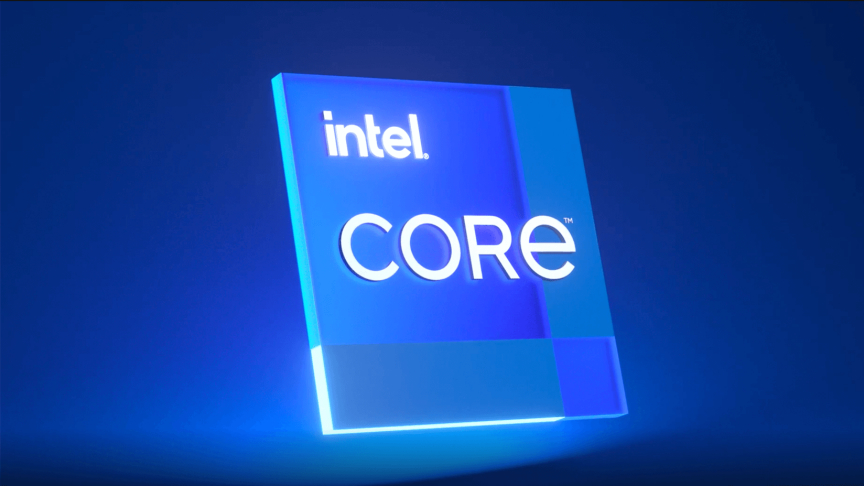We've recently shared the alleged power limits for the Intel Alder Lake-S series of processors. Now, it's time to do the same for Raptor Lake-S, the alleged successor of Alder Lake-S expected to release in H2 2022.
As reported by Igor'sLAB, Raptor Lake-S power requirements are divided into 35W, 65W, and 125W, showing that Raptor Lake-S will share the same TDP tiers as Alder Lake-S. Starting with Raptor Lake, PL4 has reactive behaviour like PL1 and PL2. This change results in higher SoC frequencies for longer periods, but PL4's role is still the same – a safety net that sets the maximum power limit that should never be exceeded.
Compared to Alder Lake-S, Raptor Lake processors should have the same PL1 values across all tiers. Meanwhile, the “Perf” PL2 increases slightly in the 65W segment, from 202W to 219W, and in the 125W segment, from 241W to 253W. The “Baseline” PL2 also increases in the 35W (126W to 133W) and 65W (78W to 80W) tiers.
As for PL4, it will be reduced considerably on all segments. In the 35W one, the “Perf” PL4 will go down from 177W to 152W and the “Baseline” PL4 from 131W to 118W. The 65W segment also reduces significantly, from 311W to 277W in the “Perf” PL4 and 195W to 179W in the “Baseline” PL4. Lastly, the 125W tier's “Perf” PL4 is reduced to 314W from 359W and the “Baseline” PL4 to 238W from 283W.
KitGuru says: Like Alder Lake-S, Raptor Lake-S will also feature higher power requirements than we are used to seeing.
 KitGuru KitGuru.net – Tech News | Hardware News | Hardware Reviews | IOS | Mobile | Gaming | Graphics Cards
KitGuru KitGuru.net – Tech News | Hardware News | Hardware Reviews | IOS | Mobile | Gaming | Graphics Cards



